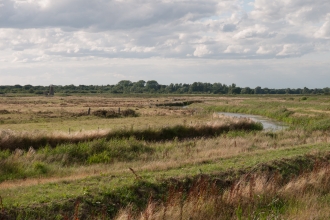In this blog series, members of our team share a photo of their favourite spot on our reserves, and tell us the story behind it: what makes it so special, and the work that goes in to maintaining it. There’s always more than first meets the eye!
This month Andy Gunn tells us about the Frozen Dragon Tree at Chilswell Valley.







